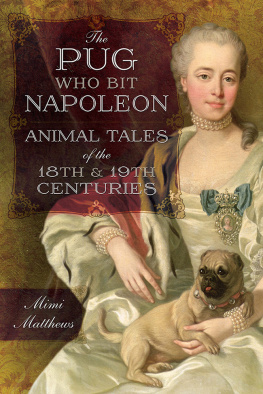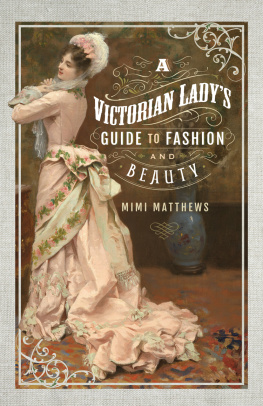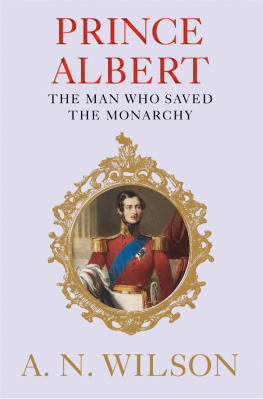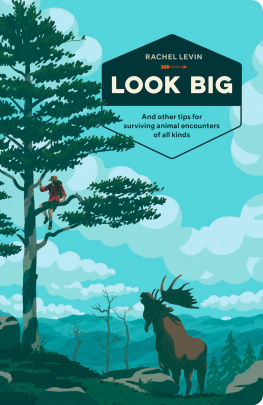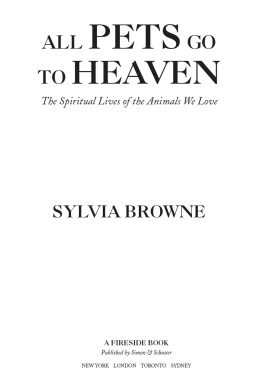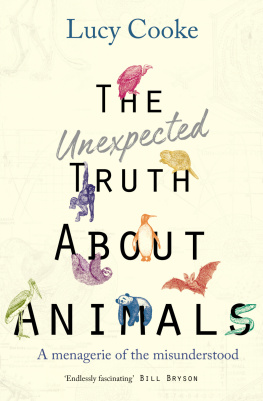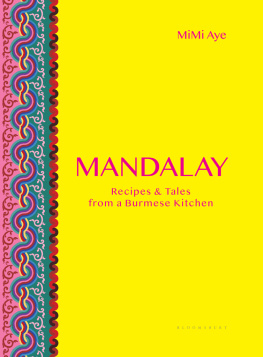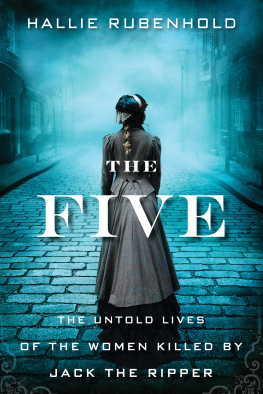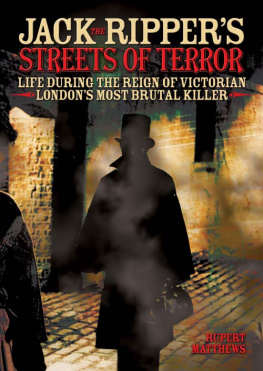
The Pug Who Bit Napoleon
For John, a symbol of the best and fairest section of my life.
The Pug Who Bit Napoleon
Animal Tales of the 18th and 19th Centuries
Mimi Matthews
First published in Great Britain in 2017 by
Pen & Sword History
an imprint of
Pen & Sword Books Ltd
47 Church Street
Barnsley
South Yorkshire
S70 2AS
Copyright Mimi Matthews 2017
ISBN 978 1 52670 500 6
eISBN 978 1 52670 502 0
Mobi ISBN 978 1 52670 501 3
The right of Mimi Matthews to be identified as the Author of this Work has been asserted by her in accordance with the Copyright, Designs and Patents Act 1988.
A CIP catalogue record for this book is available from the British Library.
All rights reserved. No part of this book may be reproduced or transmitted in any form or by any means, electronic or mechanical including photocopying, recording or by any information storage and retrieval system, without permission from the Publisher in writing.
Pen & Sword Books Limited incorporates the imprints of Atlas, Archaeology, Aviation, Discovery, Family History, Fiction, History, Maritime, Military, Military Classics, Politics, Select, Transport, True Crime, Air World, Frontline Publishing, Leo Cooper, Remember When, Seaforth Publishing, The Praetorian Press, Wharncliffe Local History, Wharncliffe Transport, Wharncliffe True Crime and White Owl.
For a complete list of Pen & Sword titles please contact
PEN & SWORD BOOKS LIMITED
47 Church Street, Barnsley, South Yorkshire, S70 2AS, England
E-mail:
Website: www.pen-and-sword.co.uk
Acknowledgments
R esearching and writing is often a solitary endeavour; however, along the road from first draft to publication, I have been privileged to have an extraordinary amount of support and encouragement from friends, family, and professional peers. To them, I extend my heartfelt thanks.
Thanks are also due to the fabulous team at Pen and Sword Books; to commissioning editor Jon Wright who thought a book of historical animal tales was a great idea; to copy editor Carol Trow who handled my book with so much sensitivity and care; to production assistant Lauren Burton who patiently answered my endless e-mail questions; to designer Dominic Allen who created such a beautiful book jacket; and to fellow Pen and Sword author Sarah Murden who offered her moral support early in the process.
A very special thank you to the countless museums, universities, and archives that assisted in my research. I am particularly grateful to the British Library, the British Newspaper Archive, Yale Universitys Lewis Walpole Library, the Yale Center for British Art, Bryn Mawr College Library, the Pennsylvania Academy of Fine Arts, the National Galleries of Scotland, the Bront Parsonage Museum in West Yorkshire, and the lovely people managing Lord Byrons collection at Newstead Abbey in Nottinghamshire.
I must also acknowledge the contribution of my own pets to this project, both those that are still living and those that have long since passed away. My dog, Ascher, and my two cats, Sapphire and Marzipan, were often beside me, lending their support while I researched and wrote. Orson, Ava, Sequin, Cleopatra, Jude, and my beloved John were also there in spirit. As for my horse, Centelleo, though he was not actually at my side as I worked, he was often in my thoughts, especially when writing my chapter on Whistlejacket.
Last, but certainly not least, I would like to thank my parents. To my wonderful mother, Vickie, thank you for raising me to love and respect all living creatures. Your sense of justice, fairness, and compassion has been the blueprint of my life. And to my amazing father, Eugene, thank you for always being in my corner. No girl could ask for a better dad.
Mimi Matthews
February 2017
Introduction
F or centuries, humans have enjoyed a unique relationship with animals. Dogs have protected our flocks and guarded our shops, horses and donkeys have pulled our carts and carriages and cats have kept our homes and businesses free of vermin. But animals in eighteenth and nineteenth century history were much more than mere partners in the toils of daily life. They were companions and friends, beloved members of the family with unique lives and distinct personalities of their own. They were also a source of endless fascination and amusement to the public.
Tales of heroic dogs, intrepid cats, valiant horses and clever parrots and monkeys appeared with regularity in eighteenth and nineteenth century books, magazines, letters, journals and newspaper reports. Some of these tales were humorous, providing as much entertainment as a modern-day animal GIF or a meme. Some of these tales were horrifying, prompting concerned citizens to take action on behalf of the animal who had been mistreated or neglected. Most of all, however, animal tales of the eighteenth and nineteenth centuries were heartwarming, inspiring and relatable.
Love of animals crossed all social and cultural boundaries. Kings and Queens had their favourites, just as did those of more humble origins. These favourites were honoured in poems, paintings and popular novels. They also merited frequent mentions in letters written by literary luminaries such as Horace Walpole, Lord Byron and Charles Dickens, as well as in correspondence between eighteenth and nineteenth century royalty. Animals of every variety inspired art and literature, they figured into major historical events and stood at the side of some of the most influential human beings in history.
Animals of the eighteenth and nineteenth centuries also featured regularly in court cases and in the news. Some of these animals, like the bloodhounds hired to hunt Jack the Ripper, were more notable for their specific skills than for the particular bond they had with their masters. Others, like the killer shark caught in the Thames in 1787, came to public attention purely on account of the strange circumstances of their presence.
The unique stories of each of these animals are the primary focus of this book. In researching their histories, I have utilized a wide range of eighteenth and nineteenth century resources to verify the authenticity of each animals tale. It has always been my personal belief that the closer in time one can get to the actual source, the more accurate the story. As a consequence, the majority of this book employs quotes from actual letters, journals, magazine articles and newspaper reports, as opposed to modern day, paraphrased variations of the same.
Many of the animals which I profile were depicted in famous paintings or drawn by their equally famous masters. In every instance, I have included the relevant piece of artwork. In addition, I have supplemented notable animal artwork throughout, including the work of eighteenth century animal painter George Stubbs and nineteenth century animal painter Edwin Henry Landseer. The animal paintings of Thomas Gainsborough, John Ferneley, Henriette Ronner-Knip, Rosa Bonheur and other distinguished artists of the eighteenth and nineteenth centuries are also well represented.
The animal tales I have chosen to highlight are by no means the only animal tales in history. Animal stories were not confined to a specific set of centuries, nor were they strictly limited to western culture. In the end, the stories I have researched and written on are stories that interest me personally. I hope you will find them as enjoyable to read as I have to write.
Next page
